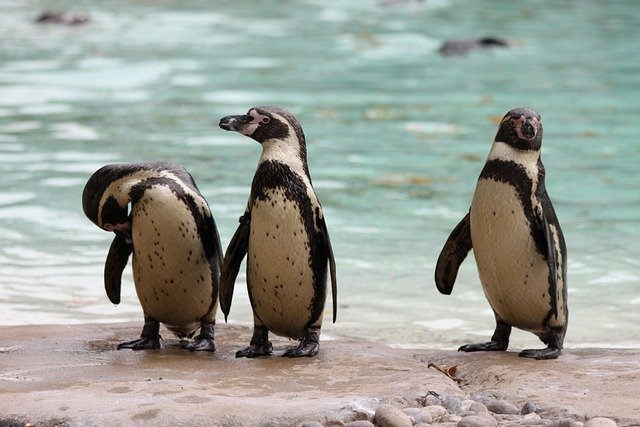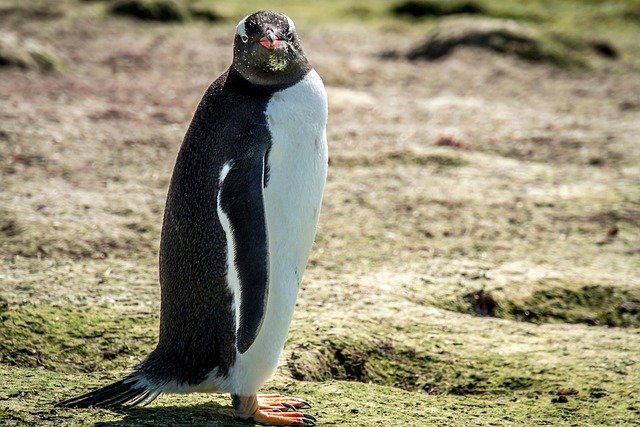**Title: "Adapting to the Ice: How Climate Change is Impacting Penguin Habitats

Adapting to the Ice: How Climate Change is Impacting Penguin Habitats
As stewards of the icy realms, penguins have captivated our hearts with their charming waddles and remarkable adaptations to life in extreme conditions. However, the ongoing effects of climate change are posing unprecedented challenges to their habitats. This post explores how rising temperatures and melting ice are impacting these iconic birds and what it means for their future.
The Penguin's Habitat
Penguins primarily inhabit the Southern Hemisphere, with species like the Emperor and Adélie penguins residing in the frigid environments of Antarctica. Their habitats are intricately linked to sea ice, which provides essential breeding grounds, hunting areas, and protection from predators.
The Impact of Climate Change
1. Melting Sea Ice
One of the most significant impacts of climate change on penguin habitats is the loss of sea ice. As global temperatures rise, the extent and duration of sea ice are diminishing. This loss disrupts the breeding cycles of penguins, particularly for species like the Emperor penguin, which relies on stable ice platforms to raise their young.
2. Changes in Prey Availability
Penguins are expert hunters, feeding primarily on fish, krill, and squid. Climate change is altering ocean temperatures and currents, which in turn affects the distribution and abundance of their prey. For instance, the decline in sea ice affects krill populations, which are a crucial food source for many penguin species. As prey becomes scarcer, penguins face increased competition and must travel further to find food, putting additional stress on their energy reserves.
3. Increased Storm Intensity
With climate change, the frequency and intensity of storms are on the rise. These storms can lead to flooding and erosion of nesting sites, particularly for species that nest on coastal areas. The harsh weather conditions can also make it difficult for penguins to forage, further threatening their survival.
Adaptation and Resilience
Despite these challenges, penguins are resilient creatures. Some species are beginning to exhibit adaptive behaviors, such as changing their breeding times or shifting their foraging patterns. However, the pace of climate change may outstrip their ability to adapt naturally.
Conservation Efforts
To safeguard penguin populations and their habitats, conservation efforts are crucial. This includes:
- Protecting breeding sites: Establishing marine protected areas can help ensure that penguins have safe spaces to breed and find food.
- Monitoring populations: Ongoing research and monitoring can help scientists understand the impacts of climate change and inform conservation strategies.
- Raising awareness: Educating the public about the plight of penguins and the importance of climate action can foster support for initiatives aimed at mitigating climate change.
Conclusion
As penguins navigate the challenges of a warming world, their fate hangs in the balance. Protecting their habitats and addressing the root causes of climate change are essential steps in ensuring these remarkable birds continue to thrive. By understanding and supporting conservation efforts, we can help secure a future for penguins and the icy ecosystems they call home.
For more information on penguin conservation and how you can help, visit Penguin Conservation Society.
